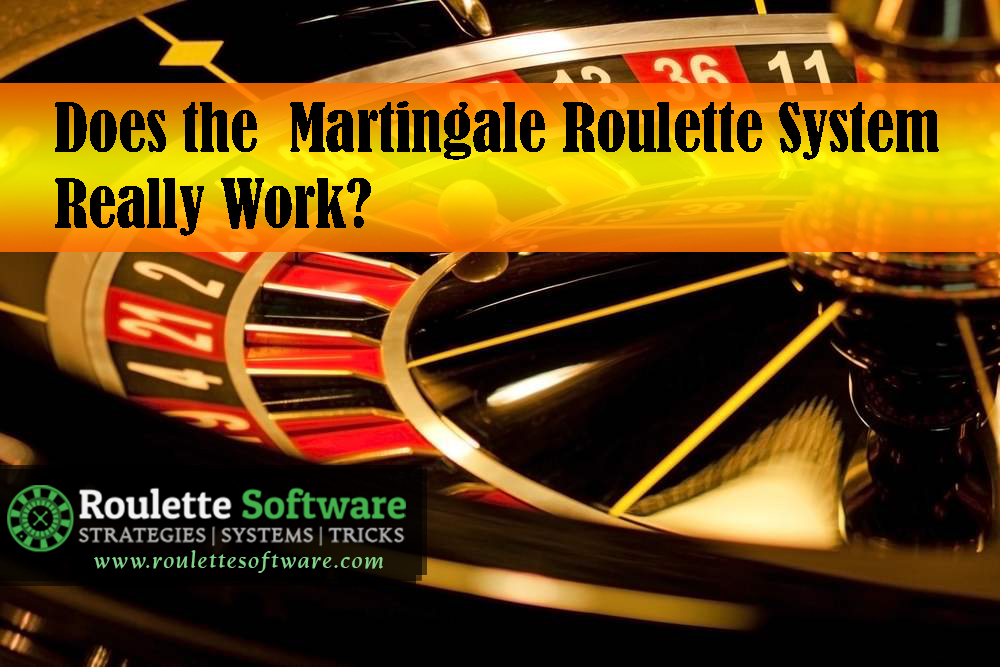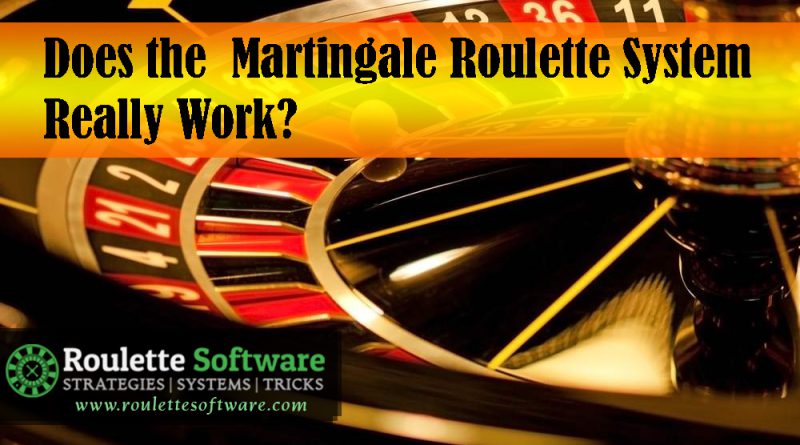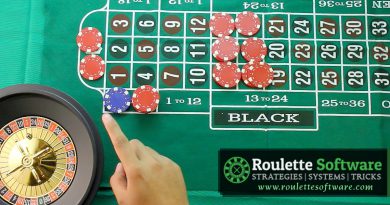Introduction: Martingale Strategy
In the world of casino gaming, the thrill of playing roulette has attracted countless players over the years. Many have sought to develop a winning roulette strategy, with the hope of beating the house and walking away with huge winnings. One such strategy that has gained popularity is the Martingale roulette system. In this comprehensive article, we will delve into the intricacies of the Martingale roulette strategy, providing a thorough roulette analysis that evaluates the statistical probabilities associated with this betting system.
Understanding the Martingale Strategy for Roulette
The Martingale strategy is a progressive betting strategy, initially designed for even-money bets in games like roulette, baccarat, and blackjack. The concept behind the strategy is simple: after every loss, the player doubles their bet. By doing so, the player aims to recover previous losses and eventually win a profit equal to their original bet. While this roulette strategy may sound tempting, it’s crucial to examine its statistical implications to make informed decisions at the roulette table.
A Statistical Analysis of the Martingale Strategy
- Probability of Consecutive Losses
The first step in our roulette analysis is understanding the probability of consecutive losses. In European roulette, there are 18 red numbers, 18 black numbers, and one green zero, totaling 37 pockets. When betting on red or black (even-money bets), the probability of winning a single bet is 18/37, while the probability of losing is 19/37. The likelihood of losing ‘n’ consecutive bets can be calculated as follows:
P(losing n consecutive bets) = (19/37)^n
As the number of consecutive losses increases, the probability decreases, making it less likely to experience long losing streaks.
- Expected Value and the House Edge
The expected value of a bet represents the average outcome of a large number of identical bets. In European roulette, the house edge (the advantage the casino has over the player) is 2.7%. This means that, in the long run, the expected value of each bet is negative, regardless of the betting strategy employed. As a result, the Martingale strategy cannot change the unfavorable odds of roulette.
- Risk of Ruin and Betting Limits

The risk of ruin is the likelihood of losing one’s entire bankroll. In the Martingale strategy, the risk of ruin increases with each consecutive loss, as the player must double their bet after each loss. Eventually, the player may reach the table’s maximum bet limit, which prevents them from doubling their bet further. When this occurs, the player cannot recover previous losses, which may result in significant financial loss.
- The Gambler’s Fallacy
The Martingale strategy is often based on the gambler’s fallacy – the belief that past events influence future events in games of chance. However, each spin in roulette is independent and has no connection to previous outcomes. The probability of winning or losing remains constant, and the Martingale strategy cannot alter these odds.
- Short-term vs. Long-term Results
While the Martingale strategy may provide short-term gains, it is not a sustainable system in the long run. The house edge and the risk of ruin ensure that the player will likely face significant losses over time. Additionally, the psychological pressure to recoup losses may lead to poor decision-making and increased risk-taking.
Conclusion
In conclusion, our roulette analysis has demonstrated that the Martingale strategy is not a foolproof method for beating the house. Although the system may lead to short-term gains, the inherent risks and the house edge make it an unsustainable approach in the long run. As with any form of gambling, it’s essential to set limits, manage your bankroll responsibly, and approach roulette as a form of entertainment rather than a guaranteed source of income.
Alternatives to the Martingale Roulette Strategy
For those interested in exploring other roulette strategies, there are several alternatives worth considering. Some popular options include the Labouchere, Fibonacci, and Paroli systems. While these strategies may provide a more structured approach to betting, it’s important to remember that no roulette system can guarantee consistent winnings or overcome the house edge.
- Labouchere System
The Labouchere system, also known as the cancellation system, is another progressive betting strategy. In this approach, players create a sequence of numbers that represents their desired profit. After each loss, the player adds the bet amount to the end of the sequence. After each win, the player removes the first and last numbers from the sequence. The process continues until the entire sequence has been cleared, at which point the player has achieved their desired profit.
- Fibonacci System
The Fibonacci system is a negative progression strategy based on the famous Fibonacci sequence (1, 1, 2, 3, 5, 8, 13, 21, and so on). In this strategy, the player increases their bet after each loss by following the Fibonacci sequence. After a win, the player moves back two steps in the sequence. The goal is to recover losses and make a small profit.
- Paroli System
The Paroli system is a positive progression betting strategy, where the player increases their bet after each win. The player sets a limit for consecutive wins, and after reaching that limit, the betting cycle starts over. The aim of this system is to take advantage of winning streaks while minimizing losses.
Keep in mind that none of these strategies can guarantee success, and it is essential to play responsibly, setting limits and understanding that the house will always have an edge in casino games.
In summary, while the Martingale roulette strategy may seem like a tempting approach to beat the odds, our statistical analysis has shown that it is not a sustainable method for long-term success. Players should remember that roulette is a game of chance, and the best strategy is to approach it with a responsible mindset and a clear understanding of the inherent risks involved.










